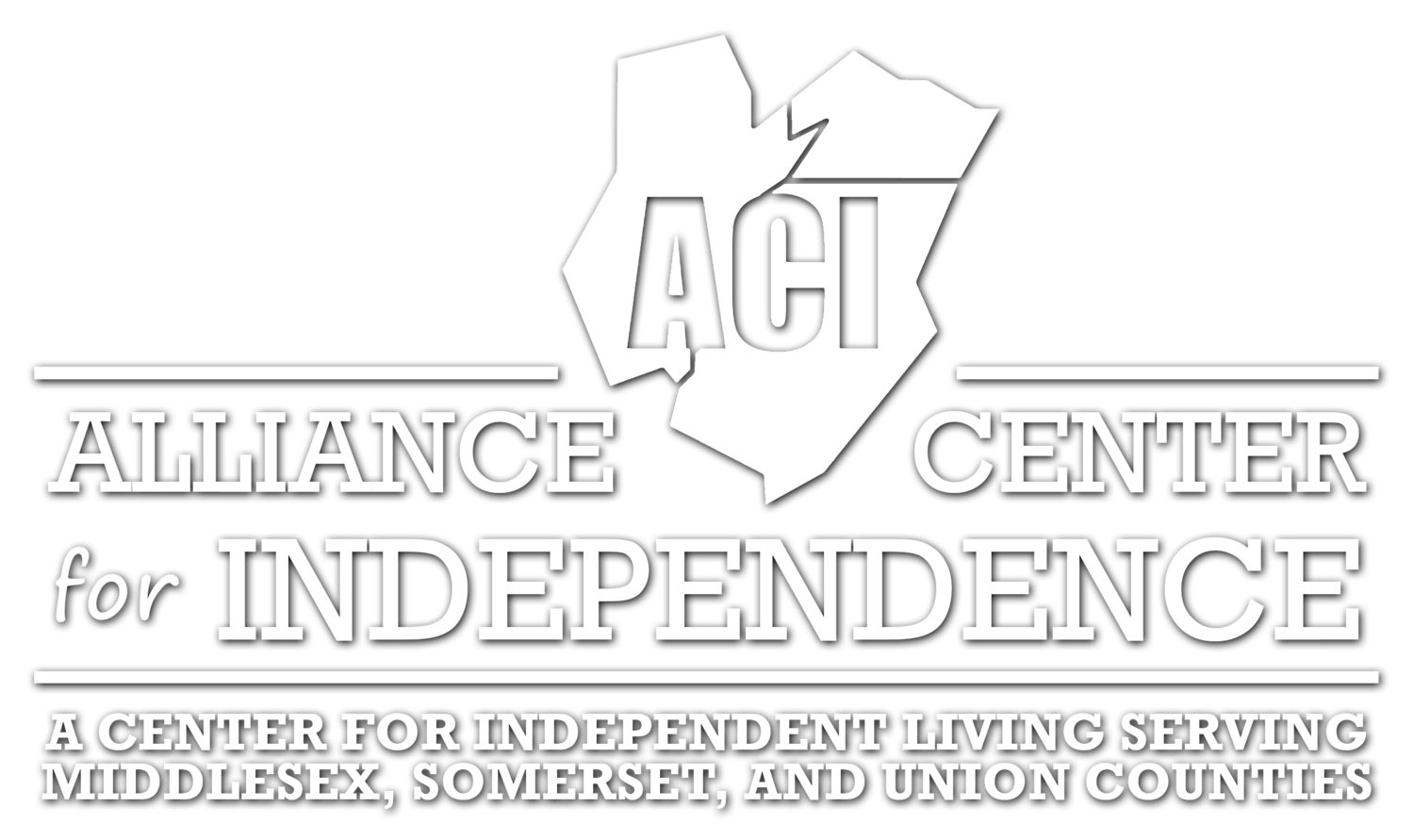Written By Patrick Young, Volunteer Blog Writer for ACI
Living with a disability is far more difficult without an accessible home. However, not everyone knows their options when it comes to finding an accessible place to live. If you have a disability and are in the market for a new home, this is what you need to know.
Accessible Home Features
The accessibility features you need depend on the nature of your disability. These are some features that make a home accessible to people with disabilities:
Step-free entrances
Single-story living or elevators
Wide doorways
Open floor plans
Low, slip-resistant flooring
Lowered light switches
Raised electrical outlets
Easy-to-reach work and storage areas
Bathroom grab bars
Walk-in showers and/or shower seats
Raised toilets
Lever or loop-style handles
Parking near an entrance
Access to public transit
Not all people with disabilities require every accessibility feature listed here. While a wheelchair user may need wide doorways and leg space under counters, such features may not be a concern for other types of disabilities. Assess your needs before house hunting so you know which features to prioritize.
Buying an Accessible Home
It’s possible to purchase a home that’s already equipped with accessibility features, and it doesn’t have to mean paying a premium price. In Edison, NJ, accessible homes can be purchased around the city’s average listing price of $400,000. Search online to see what’s available in your area and at what price. You may find it’s more affordable to purchase an accessible home than to remodel a home to suit your needs.
Creating an Accessible Home
Finding a home that’s already outfitted with the necessary accessibility features isn’t always possible. There may be limited stock in your area, or the accessible homes that are available may not suit your disability. In this situation, it’s important to factor the cost of renovations into your home-buying budget. Factor not only the renovation costs themselves, but also expenses incurred while your home is under construction. If you have to live elsewhere while your home is adapted to your needs, consider the costs of paying for a secondary residence and a storage facility to hold your things.
Funding Accessibility Renovations
If you’re unable to afford a home in your desired area and also pay for renovations out-of-pocket, you’ll need financing to fund home modifications. You may be able to acquire a loan for home renovations from a bank. Qualified households can look into state and federal government programs that offer grants or affordable loans for home renovations. Safety in Place suggests two: USDA Rural Repair and Rehabilitation Loans and Grants, and US Department of Veterans Affairs Housing Grants for Disabled Veterans. Some homeowners may be able to receive assistance from a charity or through crowdfunding.
Hiring Contractors
The right contractor makes a big difference in the form and function of an accessible home. DisabledBathrooms.org recommends hiring a contractor with experience in ADA-compliant construction and universal design. Experience with ADA standards ensures your home meets your needs and is marketable to other people with disabilities when it’s time to sell. The principles of universal design prevent an institutional feel in accessible homes, which preserves the home’s value and makes it marketable to people with diverse abilities.
Experience alone doesn’t make a contractor worth hiring. Seek contractors with good reviews and samples of completed projects. Get written estimates from at least three contractors that include material costs and estimated labor costs, and ensure the contractor you hire is licensed and insured. While it’s tempting to choose the cheapest contractor to save money, keep in mind that an unreliable contractor can end up costing more due to project delays and incomplete or poor-quality work.
When you have a disability, an accessible home has an enormous impact on your quality of life. However, finding or creating that home can be a long and expensive process. If you have to invest in remodeling to create a home that’s suited to your needs, take joy in the fact that you’re adding to the housing stock for future homebuyers with disabilities.




